The Dukan Diet is reduced – reducing the caloric content of meals to enable weight loss. In the case of the Dukan Diet, we are dealing with a high-protein diet, i.e., based on increasing protein intake. In addition, limit the consumption of fats and carbohydrates, and drink water often. In this diet, nutrition is divided into several phases – each of them allows the consumption of different products. It will enable you to reduce body weight quickly, but there is a risk of side effects. It is not a safe diet for everyone.
The Dukan Diet is one of the most popular reduction diets![]() . Independent use of diets without the supervision of a specialist is associated with the risk of the yo-yo effect
. Independent use of diets without the supervision of a specialist is associated with the risk of the yo-yo effect![]() . People who want to eliminate excess body fat should be careful when deciding on a reduction diet. Before starting it, it is recommended to consult a doctor or dietician.
. People who want to eliminate excess body fat should be careful when deciding on a reduction diet. Before starting it, it is recommended to consult a doctor or dietician.
The Dukan Diet is divided into four stages![]() that should follow each other. The individual phases differ in duration and food products that we can eat.
that should follow each other. The individual phases differ in duration and food products that we can eat.
The Dukan Diet brings the desired results in the first phase. A person following the Dukan Diet can lose up to five kilograms. The phase lasts up to ten days. People using the Dukan Diet can eat without restrictions and at any time of the day, but they must remember to eat only high-protein products.
Dukan Diet forbids eating fried foods and suggests eating steamed, grilled, or baked foods. You can eat turkey, chicken, rabbit, fish, offal, and seafood meat. Of course, the meat should be peeled from the skin. During the Dukan Diet, duck and goose meat cannot be eaten.
The Dukan Diet proposes eating poultry meats, lean dairy products, and chicken eggs for breakfast and dinner. You need to drink a lot of still water, preferably moderately mineralized. You can drink coffee, tea, herbal and fruit teas, as well as eat kefir and buttermilk.
Lack of fiber in the attack phase promotes constipation. There may also be problems with concentration and fatigue.
The second phase of the Dukan Diet is the cruise phase. It is the longest stage of this protein diet and can last up to several months – it all depends on how many kilograms you want to lose. The cruise phase lasts until the slimming person reaches the desired weight. The Dukan dieter loses about a kilo a week.
During the second phase of the Dukan Diet, nutrition from the attack phase is used, supplementing the menu with some vegetables. For example:
The Dukan Diet should look like this: five days of a protein-only diet and five days of a protein-only diet with vegetables. Sauces for vegetables should be based on paraffin oil or low-fat yogurt. Dukan does not recommend olive oil or vegetable oil sauces. Moreover, products from whole milling (flour, bread) are excluded.
After reaching the goal, i.e., the desired body weight, it is time for the third stage – the consolidation phase. The duration is ten days for each kilogram lost. The nutrition plan here is expanded to include more fiber products, including fruits, vegetables, bread, and bran. We can add roasted meats, cheese, and flour products to the menu. However, the new products can be consumed in limited quantities, and a protein-only diet is used once a week.
The task of this stage is to stabilize the weight and avoid the yo-yo effect. The duration of the third stage of the Dukan Diet depends on how much weight you have lost before. If someone has lost 10 kg, that person's third stage should last 100 days. This phase of the Dukan Diet is similar to phase two, but you can spice it up with fruits that do not contain too much sugar.
Dukan's Diet can be diversified with products containing carbohydrates: wholegrain bread, pasta, rice, potatoes, and lentils. These products can be added to dishes twice a week. Meat can be diversified with boiled ham, lamb, and pork. It is worth adding 40 g of cheese daily to the diet – choosing hard cheese and avoiding fermented cheeses is best.
The Dukan Diet allows you to eat two large meals a week at this stage. With these so-called “royal meals” – you can eat what you missed the most during the Dukan Diet.
The last stage of the Dukan Diet is the stabilization phase, i.e., the transition to everyday nutrition. The key is to carry out the attack phase once a week for as long as possible, preferably for the rest of your life. It is to enable you to maintain weight without gaining weight.
Due to the potential health consequences, the Dukan Diet can only be considered in young and healthy people. It is important to note that the protein diet should not be attempted alone but under the guidance and supervision of a specialist.
A protein diet puts a lot of strain on our bodies. To make it safer, it is worth using the following methods:
The Dukan Diet is based on pure proteins. As mentioned above, the slimming plan consists of four consecutive phases:
Each of these four phases of the Dukan Diet is based on a different principle of operation and is supposed to bring a different effect. They are all based on protein nutrition, alternating with vegetables. The key to the effectiveness of the protein diet is following the guidelines: eating meals as often as you like (before strong hunger sets in), not skipping meals, drinking fluids while eating, drinking at least 1.5 liters of fluids a day, limiting salting and eating only recommended foods.

According to nutritionists, the Dukan Diet has some health benefits![]() and gives quick results, e.g., in men reluctant to lose weight. It is the so-called miracle diet. Used briefly, it is unlikely to harm a healthy person.
and gives quick results, e.g., in men reluctant to lose weight. It is the so-called miracle diet. Used briefly, it is unlikely to harm a healthy person.
However, this is not a great way to eat for life. The Dukan Diet can burden the liver and kidneys and disturb the work of the digestive tract. Remember to do blood and urine tests to ensure your health before using the Dukan Diet.
The Dukan Diet puts a lot of strain on the human body. Only young and healthy people can use it.
The composition of our body includes fats, proteins, carbohydrates, and water. If even one of these ingredients is missing, the body stops functioning properly.
Protein is a significant building block of our body, but if we supply the body with protein alone, we cut it off from the energy source. It then obtains it from adipose tissue, which affects rapid weight loss.
Unfortunately, you can pay for your health if you lose weight too quickly. An excessive amount of protein negatively affects our bodies. The kidneys![]() may suffer first.
may suffer first.
During the digestion of protein, the metabolic products are harmful compounds that the kidneys remove. It is a heavy burden on this organ and can lead to various diseases.
Protein products can also become oncogenic, which increases the risk of cancer. Long-term use of the Dukan Diet can be very harmful.
The Dukan Diet also stresses the liver![]() . This organ is responsible for obtaining energy from proteins. It is an inefficient process that will also make the body burn fats. The liver then works at top speed, which can destroy it over time.
. This organ is responsible for obtaining energy from proteins. It is an inefficient process that will also make the body burn fats. The liver then works at top speed, which can destroy it over time.
When using a protein diet, our brains![]() can also suffer. This organ needs glucose to function correctly. A deficiency of this compound will make us distracted, sleepy, and lose concentration.
can also suffer. This organ needs glucose to function correctly. A deficiency of this compound will make us distracted, sleepy, and lose concentration.
Below is a sample menu adapted to all phases of the Dukan Diet. Before using it, remember to consult a specialist.
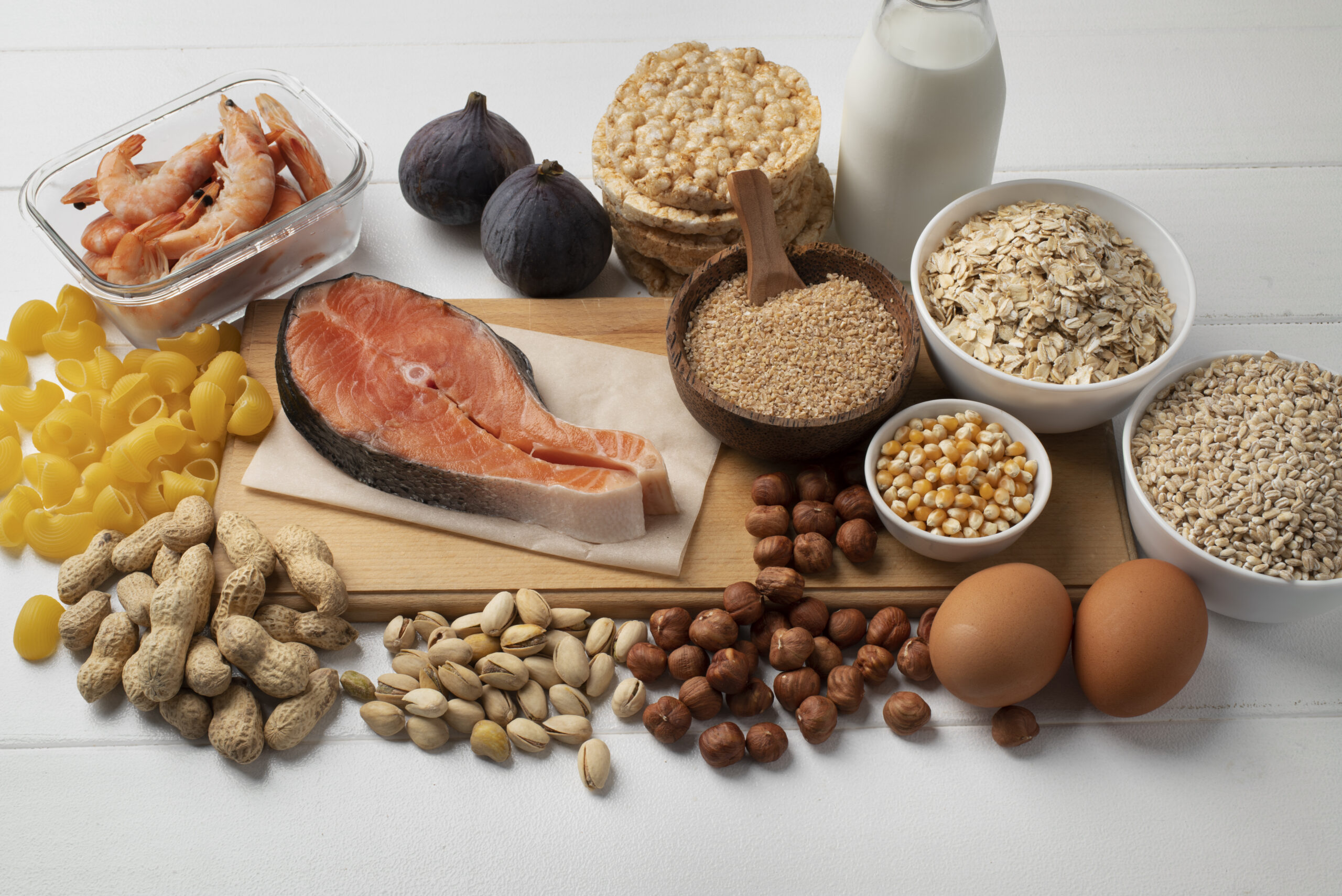
This is the phase during which large amounts of protein are consumed.
Day I
breakfast – scrambled eggs prepared from two eggs and cottage cheese
second breakfast – natural yogurt
lunch – baked chicken breast
snack – 2 slices of turkey breast ham
dinner – lean, creamy cottage cheese with chives
Day II
breakfast – scrambled eggs made of whole eggs and turkey ham;
second breakfast – natural yogurt
lunch – oven-baked salmon in herbs without fat, green tea without sugar
snack – natural kefir, a spoonful of oat bran
dinner – tuna combined with low-fat cottage cheese
Day III
breakfast – soft-boiled egg and turkey ham
second breakfast – cottage cheese
lunch – baked salmon, sprinkled with lemon juice
snack – natural yogurt
dinner – a piece of boiled meat served with tinned peppers
Day IV
breakfast – egg and smoked mackerel spread
second breakfast – natural kefir
lunch – grilled chicken breast with herbs
snack – cottage cheese
dinner – bran pancakes
Day V
breakfast – scrambled eggs with chives
second breakfast – natural yogurt with the addition of oat bran
lunch – shrimp with lemon
snack – slices of lean cheese
dinner – salad with eggs and tuna
Phase II can be enriched with various vegetables.
Day I
breakfast – low-fat cottage cheese with chives and radishes
second breakfast – carrots
lunch – grilled chicken with zucchini
snack – natural yogurt
dinner – a handful of spinach with lemon juice and tomato, grilled salmon
Day II
breakfast – scrambled eggs with a salad – raw cucumber, tomatoes, and chives
second breakfast – natural yogurt
lunch – roasted turkey with boiled cabbage
snack – beetroot chips
dinner – hard-boiled egg with salad mix, radish, and chives
Day III
breakfast – cottage cheese with radish and fresh cucumber
second breakfast – a bell pepper
lunch – beetroot and cooked chicken
snack – a handful of sauerkraut
dinner – stuffed eggs
Day IV
breakfast – cottage cheese with radish
second breakfast – natural yogurt
lunch – pork tenderloin in mushroom sauce
snack – sliced carrots and cucumbers
dinner – baked cod with blanched spinach
Day V
breakfast – cottage cheese with sliced tomato
second breakfast – natural yogurt with bran oats
lunch – oven-baked chicken with herbs, blanched spinach, and grated carrot
snack – slices of lean cheese
dinner – natural yogurt with sliced carrots
Phase III expands the menu with fruit, wholemeal pasta, wholegrain bread, and more cheeses.
Day I
breakfast – cheese rolls
second breakfast – natural yogurt with apple
lunch – a glass of couscous, tomato, and olives
snack – sliced bell pepper
dinner – salad with tuna and egg
Day II
breakfast – a slice of bread with turkey breast ham and tomato slices
second breakfast – lean cottage cheese with sliced radish
lunch – chicken breast with baked beetroot
snack – kiwi
dinner – pasta, roasted peppers, and shrimp
Day III
breakfast – scrambled eggs with cheese and ham
second breakfast – an apple
lunch – wholemeal pasta, tomato, zucchini
snack – sliced carrots
dinner – toast with bell pepper, smoked salmon, and dill
Day IV
breakfast – natural yogurt with strawberries
second breakfast – a pear
lunch – baked turkey with boiled broccoli
snack – sliced bell peppers
dinner – cottage cheese with pear and kiwi
Day V
breakfast – natural yogurt with strawberries and pear
second breakfast – sliced carrots
lunch – chicken with boiled cauliflower
snack – an apple
dinner – rice pudding with cinnamon
During Phase IV, you don't need to impose such stringent restrictions on yourself. However, you should exercise moderation, as excessive consumption of sugary drinks, light carbohydrates, and sweets will result in extra pounds.
Table of Contents

REM is the stage of sleep in which rapid eye movements occur. What then happens in the brain and body?… read more »
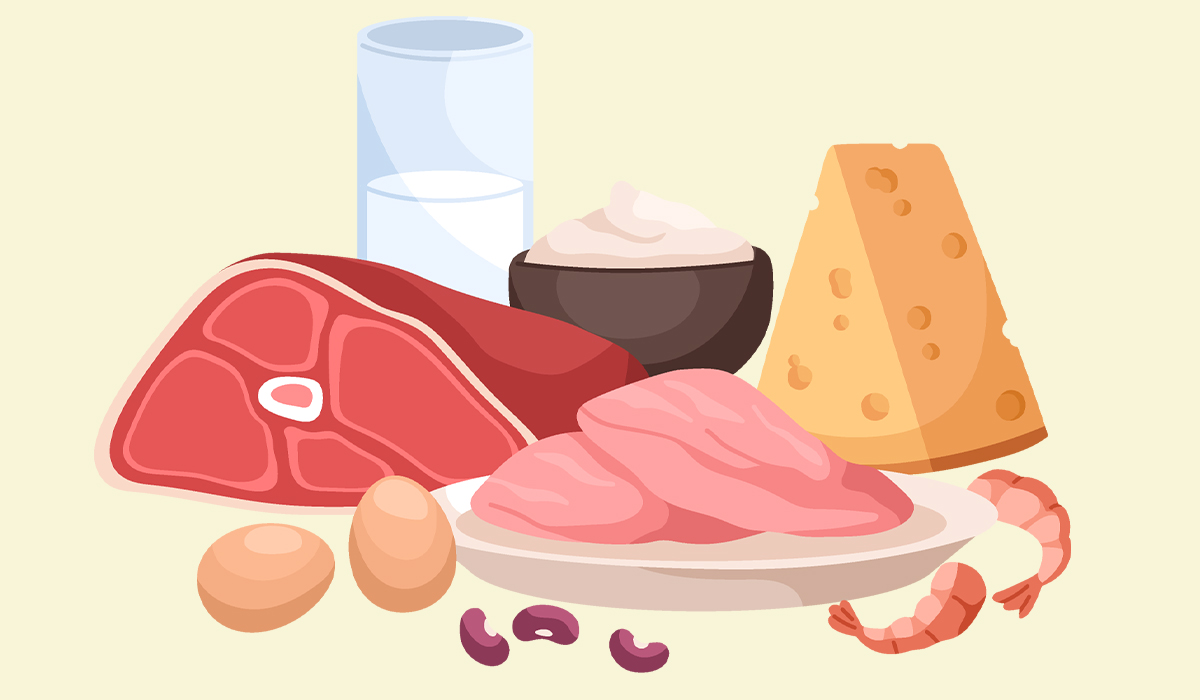
There are a number of natural high-protein foods that you can introduce into your diet. Learn about animal products and… read more »
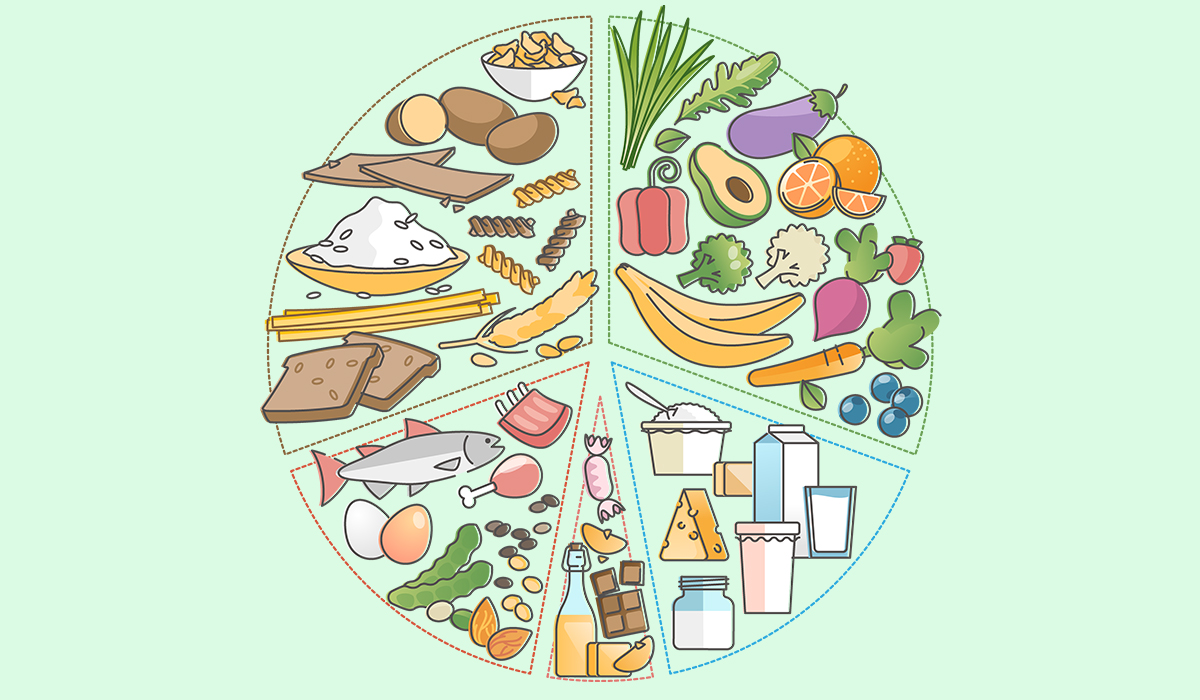
The DASH diet is a diet ideal for improving hypertension. In addition, it also has many other benefits. Learn about… read more »
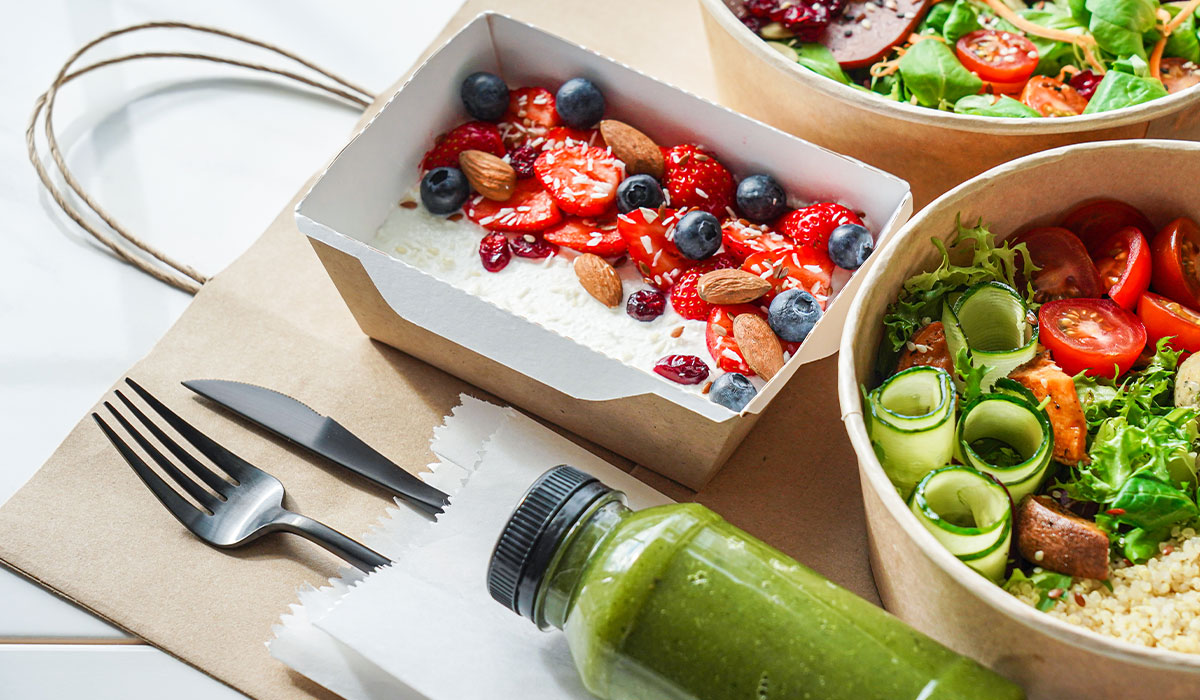
The GOLO diet is designed to stimulate metabolism, increase energy levels and fat loss. How it's working? What should you… read more »
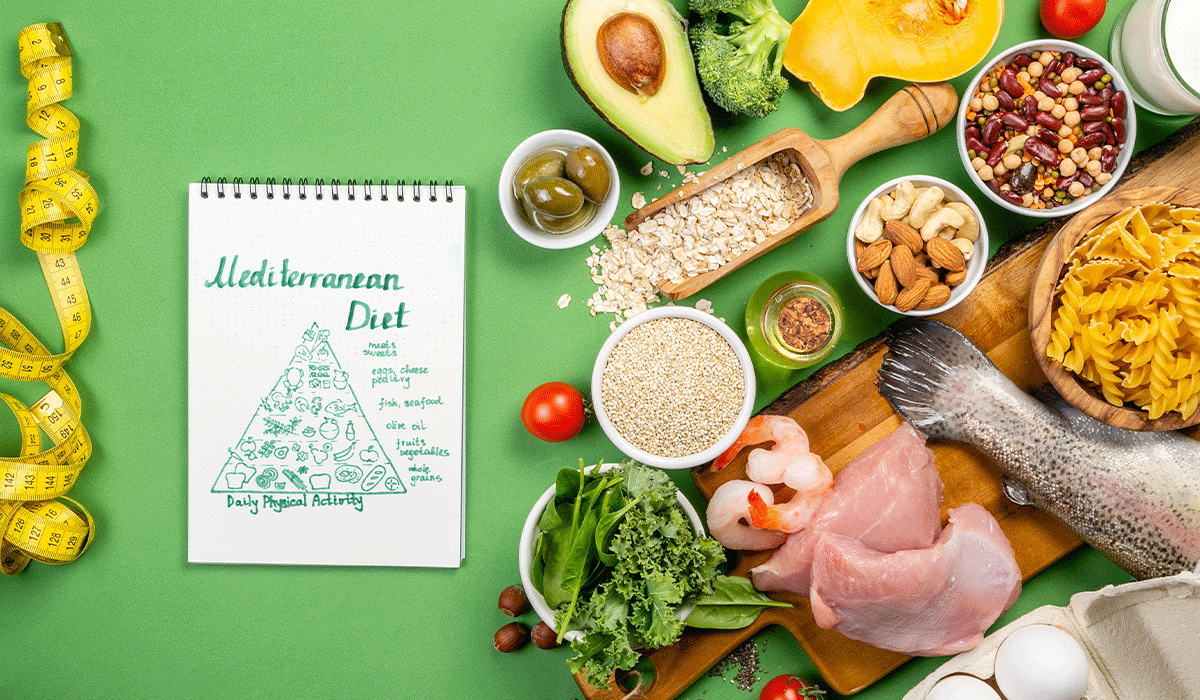
The Mediterranean diet is a popular way of eating that has many health benefits. See how to improve your eating… read more »

The Paleo diet is a way of eating inspired by the diet of our ancestors living in prehistoric times. What… read more »
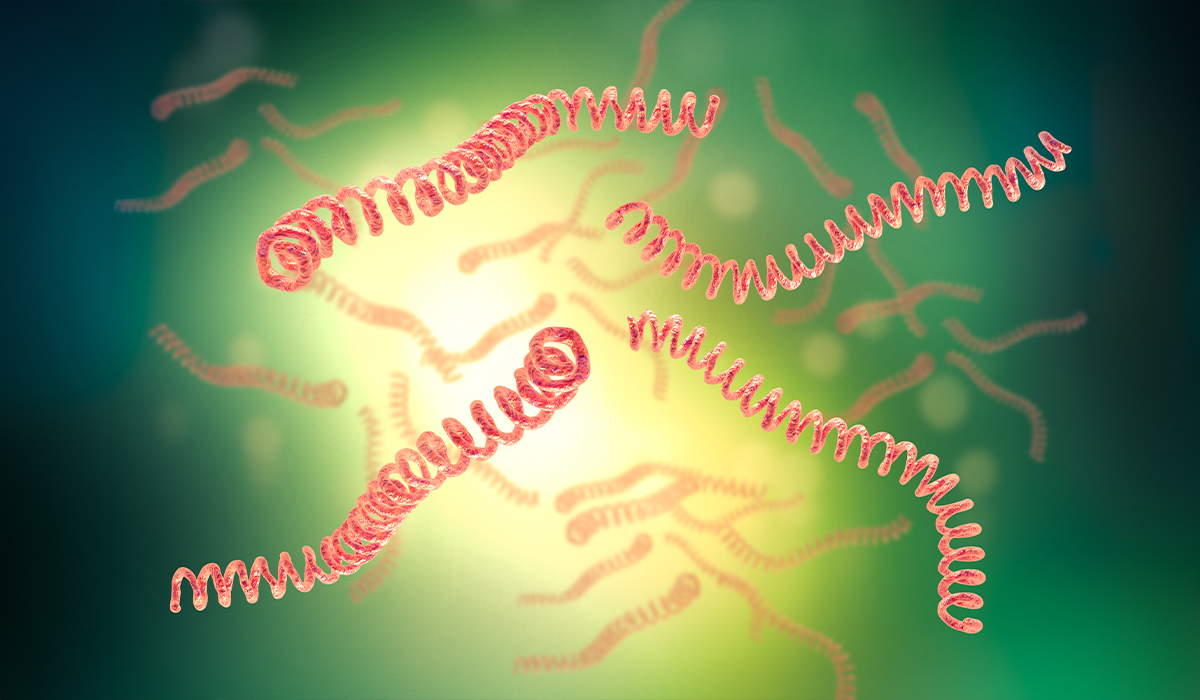
Leptospirosis is a bacterial infection caused by various strains of the Leptospira bacteria. What are the symptoms? How to treat… read more »
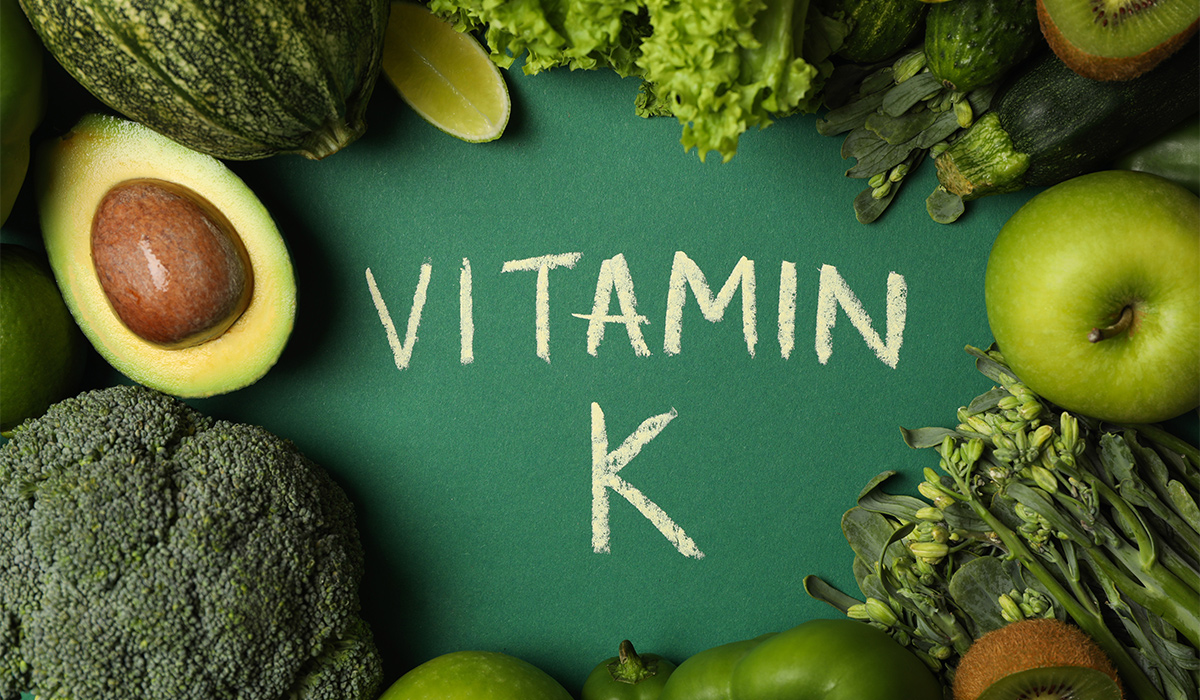
Vitamin K is a group of fat-soluble vitamins responsible for bone metabolism, blood clotting, and proper calcium levels. It is… read more »
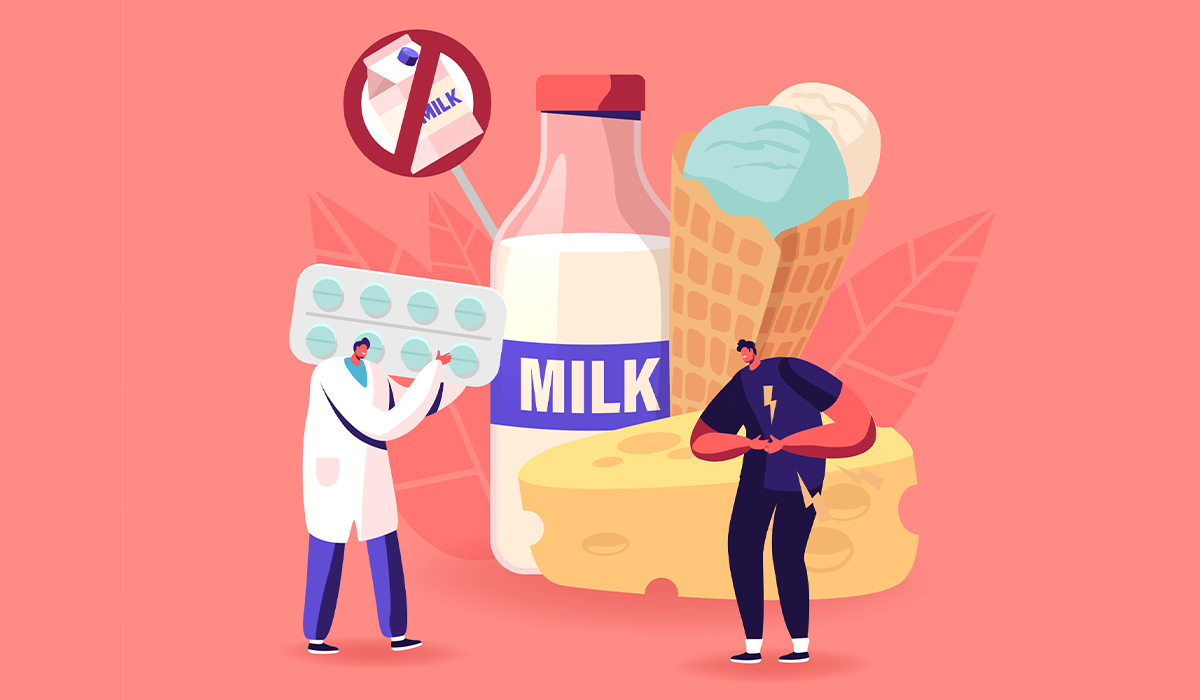
Lactose intolerance is an abnormal body reaction after consuming products with lactose. What are its symptoms? What is everyday life… read more »